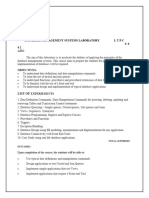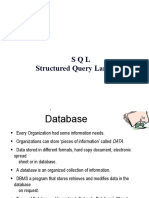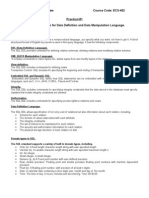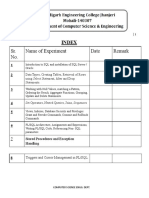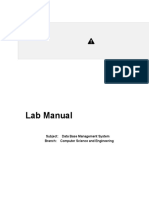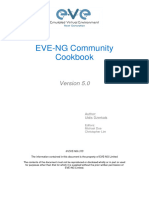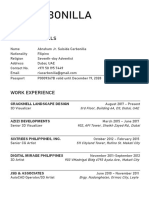0% found this document useful (0 votes)
43 views31 pagesDBMS Lab-1
The document outlines the Database Management Systems Lab curriculum at Dr. K N Modi Institute of Engineering and Technology, detailing various SQL experiments and their objectives. It covers topics such as Data Manipulation Language (DML), Data Definition Language (DDL), logical operations, group functions, and subqueries. Each experiment includes specific SQL queries and examples to illustrate the concepts being taught.
Uploaded by
jasminesaifi260Copyright
© © All Rights Reserved
We take content rights seriously. If you suspect this is your content, claim it here.
Available Formats
Download as DOCX, PDF, TXT or read online on Scribd
0% found this document useful (0 votes)
43 views31 pagesDBMS Lab-1
The document outlines the Database Management Systems Lab curriculum at Dr. K N Modi Institute of Engineering and Technology, detailing various SQL experiments and their objectives. It covers topics such as Data Manipulation Language (DML), Data Definition Language (DDL), logical operations, group functions, and subqueries. Each experiment includes specific SQL queries and examples to illustrate the concepts being taught.
Uploaded by
jasminesaifi260Copyright
© © All Rights Reserved
We take content rights seriously. If you suspect this is your content, claim it here.
Available Formats
Download as DOCX, PDF, TXT or read online on Scribd
/ 31




























